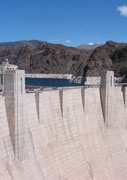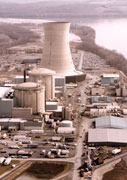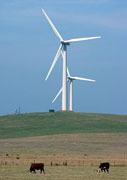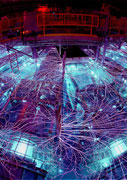Program on Science, Technology and Society at HarvardHarvard Kennedy School of Government | Harvard University |
||||||||
|
|

Frequently Asked Questions about Sociotechnical ImaginariesTheoretical concepts, like chisels and wrenches, are meant to do work, only the work they do is to order our responses to the world—by giving us new ways of looking at things. Successful concepts are almost always elastic, applicable to new situations and changing circumstances. Democracy now, for instance, is very different from what it was in Periclean Athens; and different too from what it meant in 1787 when the US Constitution was adopted, or in 1861 when the US Civil War started, or in 1920 when American women gained the right to vote. Yet good concepts also have boundaries; they cannot be applied indiscriminately, or else they lose their meaning. Working effectively with a concept means becoming sensitized to the contexts in which it can do helpful work and avoiding contexts where it is inappropriate, unnecessary, or simply distracting. In what circumstances does it make sense to invoke the concept of a “sociotechnical imaginary”? What are its limits? The brief questions and answers below provide preliminary—necessarily inadequate—guidance, amplified by the rest of this website. This page is a supplement to—not a substitute for— wider reading. To gain a better understanding of the usefulness of this concept, see it in use. Q: Why is the “sociotechnical imaginary” a valuable concept for STS scholars? A: STS scholarship allows us to analyze the complex interplay of scientific and technological developments with other dimensions of social life. Sociotechnical imaginaries call attention to the fact that visions of future developments in S&T almost inevitably bring with them wider visions of social futures, of risk and benefit, and of the collective good. In this respect, sociotechnical imaginaries are instruments of co-production. Q: How does the concept of sociotechnical imaginary differ from other common social science concepts used in studying collective beliefs? A: Differences between theoretical concepts are notoriously hard to define in principle and entail in practice considerable boundary work by communities of scholars working together. Nevertheless, the following list captures a few important distinctions:
Q: How can we tell when to use sociotechnical imaginaries in framing STS research? A: There is no substitute for wide reading, reflection, and practice to sharpen one’s sense of when a conceptual tool is right for the job. That said, sociotechnical imaginaries are most likely to be in evidence at moments of co-production (emergence, contestation, stabilization). Q: What is the right unit of analysis for sociotechnical imaginaries? Are they operative only at the level of nation states? A: There is no single correct unit of analysis, although nation states are important creators and performers of sociotechnical imaginaries. Many powerful institutions, such as foundations (e.g., Gates, Rockefeller), technology companies (e.g., IBM, Apple), environmental NGOs (e.g., Greenpeace), expert bodies, and domains of expert practice (e.g., medicine, engineering, law) also operate with their own imaginaries of how the world ought to be ordered with the aid of S&T. Q: Can individuals have imaginaries? A: Not in the sense intended by this term. Individuals may conceive and communicate persuasive visions of the future, but these are not appropriately called imaginaries unless they take hold in other minds, and people start working to convert what is imagined into actuality. Individuals who lead and shape institutions or social movements may be especially effective creators of sociotechnical imaginaries. |
|||||||



